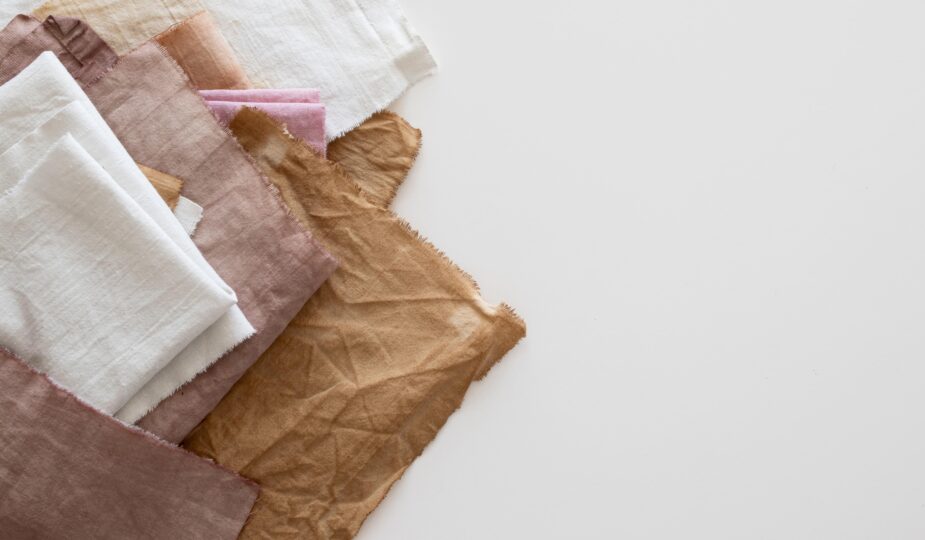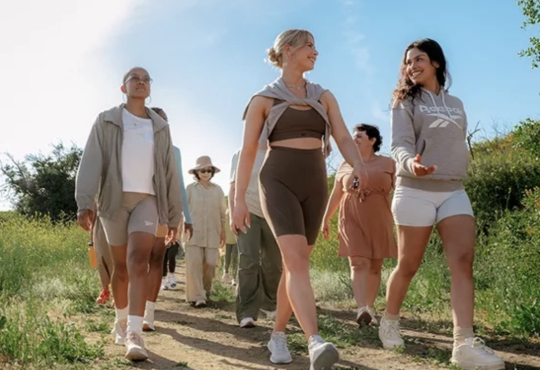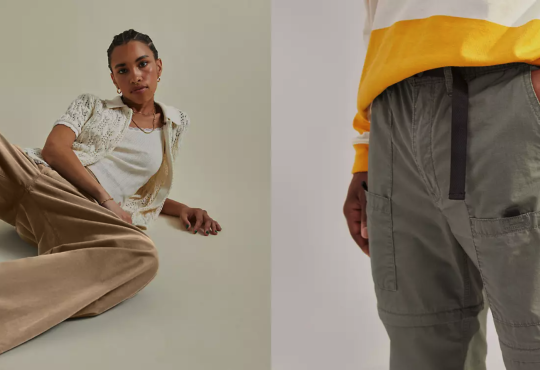
When I answer that my clothing is organic and eco-friendly, people often ask me where it’s made. My answer often gets a negative response, and I understand why.
I believe that, even though this is a view that is based on the desire to make a positive change, it’s not the right path to take. Here are some of my reasons for my belief:
First, the apparel market is driven by the consumer, with cheap fashion and throw-away clothing being at the heart of this demand. In order to meet consumer demand, large corporations moved overseas where wages and labour laws were cheaper. The apparel industry has been firmly established in third-world countries such as China, India, Bangladesh and others. Close to 70% of the US apparel imports, valued at more than 30 billion dollars, come from these countries.
We created this exploitation by demanding cheap fashions that are thrown away. By turning away from this industry by “buying local”, are we not abandoning those who are already poor and rely solely on the clothing industry for their income?
We must not abandon these workers in the third world, but rather support them. Use our purchasing power to say NO to child labor, NO to wage exploitation and NO to unsafe working conditions.
by choosing to purchase organic and fair trade clothing we provide these workers with the tools they need to break the cycle of poverty. We give their children the hope that the future holds. This is why i support and fully endorse the work of companies and individuals from the third world that are trying to clean the apparel industry by adopting organic and fair-trade practices.
What about the environmental costs of shipping these goods overseas? Many LCAs (life cycle analyses) have been done on the environmental impact of manufacturing clothing. The reality is that only 3% of energy used to manufacture a piece of clothing comes from transport.
Have our efforts been successful? Absolutely. Sri Lanka is a prime example of a country that has been at the forefront in adopting fair trade and organic manufacturing. In Sri Lanka, the apparel industry employs over 300,000 people, 90% of which are women. In countries such as Sri Lanka, even small gains have a big impact on the lives of these people.
The question shouldn’t be, “Where is it made?” The question is – Is it organic and fairtrade?







